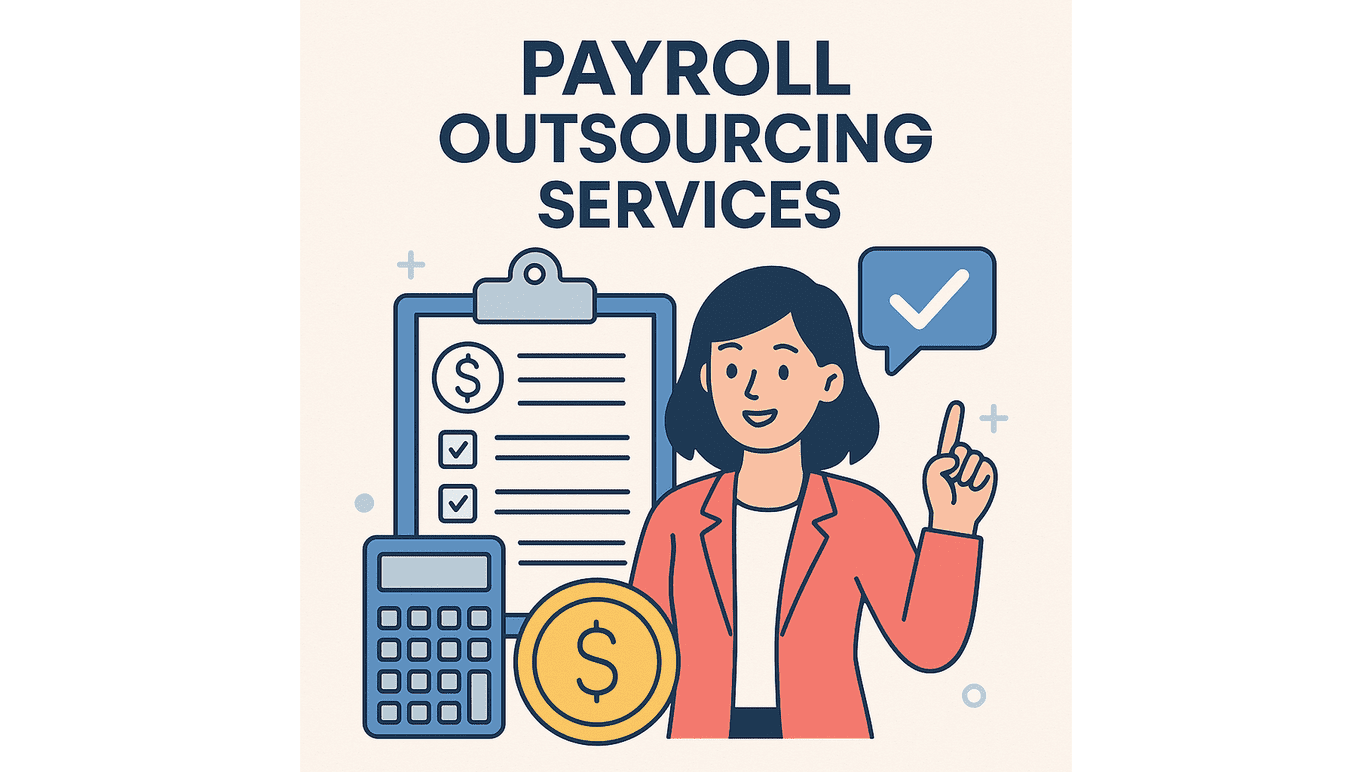
Investors often find themselves in situations where they need immediate funds. Two common options to raise capital are taking a loan against shares (LAS) or selling shares. While both options provide liquidity, they have different financial implications. This article explores the key differences, advantages, and disadvantages of each approach to help investors make an informed decision.
Understanding Loan Against Shares
A loan against shares (LAS) allows investors to pledge their shares as collateral with a lender in exchange for a loan. This secured loan offers liquidity while allowing the investor to retain ownership of their stocks.
How Loan Against Shares Works:
- Pledging Shares – The investor offers eligible shares as collateral to a bank or financial institution.
- Loan Disbursement – The lender provides funds based on the loan-to-value (LTV) ratio, which is usually 50-70% of the pledged shares’ market value.
- Interest Payments – The borrower pays interest on the sanctioned amount, typically lower than unsecured loans.
- Share Ownership Retained – The borrower remains the legal owner of the shares and benefits from future price appreciation and dividends.
- Loan Repayment – The loan can be repaid in installments or as a lump sum to release the pledged shares.
Understanding Selling Shares
Selling shares involves liquidating stock holdings in exchange for cash. This approach provides immediate liquidity without any interest burden but may involve capital gains tax and loss of future growth opportunities.
How Selling Shares Works:
- Market Order – The investor sells shares at the prevailing market price.
- Instant Liquidity – The proceeds are credited to the investor’s account, usually within T+2 days (trading settlement cycle).
- Capital Gains Tax – If the investor makes a profit from the sale, they are subject to short-term or long-term capital gains tax (STCG/LTCG) based on the holding period.
- Loss of Future Gains – Once shares are sold, any potential price appreciation or dividends are forfeited.
Key Comparisons: Loan Against Shares vs. Selling Shares
| Criteria | Loan Against Shares (LAS) | Selling Shares |
| Ownership | Retained | Lost |
| Liquidity | Immediate | Immediate |
| Interest Cost | Yes (Lower than personal loans) | None |
| Capital Gains Tax | No | Yes (STCG/LTCG) |
| Dividends & Voting Rights | Retained | Lost |
| Loan Repayment | Required | Not Required |
| Market Volatility Risk | Yes | No (since shares are sold) |
| Usage Flexibility | Funds can be used for any purpose | Depends on capital needs |
Pros and Cons of Loan Against Shares
Pros:
- Retain Ownership – Investors continue to benefit from share appreciation and dividend payouts.
- Lower Interest Rates – Compared to unsecured loans or credit cards, LAS offers a lower interest rate.
- No Immediate Tax Burden – As shares are not sold, investors avoid capital gains tax.
- Flexible Loan Repayment – Borrowers can repay the loan partially or in full without losing their investment holdings.
Cons:
- Market Volatility Risk – If the market falls, lenders may ask for additional collateral or force-share liquidation.
- Interest Costs – Borrowers must pay interest on the borrowed amount, adding a financial burden.
- Limited Loan-to-Value Ratio – The loan amount is capped based on the LTV ratio, which might be lower than expected.
Pros and Cons of Selling Shares
Pros:
- Instant Liquidity – No waiting time or loan approval process.
- No Interest Payments – No burden of loan repayments or additional interest costs.
- Market Uncertainty Avoidance – Investors can exit a declining market, securing their gains.
Cons:
- Loss of Future Returns – If the stock price rises later, the investor misses out on future profits.
- Capital Gains Tax – Short-term sales (held for <1 year) attract higher tax rates (STCG of 15% in India), while long-term sales (>1 year) are taxed at 10% if gains exceed ₹1 lakh.
- Emotional Decisions – Investors may sell due to temporary market fluctuations, losing long-term compounding benefits.
When Should You Choose Loan Against Shares?
LAS is suitable for investors who:
- Need temporary liquidity but wish to retain their stocks.
- Have shares of stable, blue-chip companies that won’t decline sharply.
- Want to avoid capital gains tax.
- Are confident in their ability to repay the loan on time.
When Should You Sell Shares?
Selling shares is a better option for investors who:
- Need liquidity but don’t want to incur interest expenses.
- Have stocks that they believe won’t appreciate in value.
- Want to rebalance their portfolio and reallocate funds elsewhere.
- Are looking to exit an underperforming stock.
Final Verdict: Which is Better?
The decision between loan against shares vs. selling shares depends on individual financial goals, risk tolerance, and market outlook.
- If an investor needs quick funds but is confident in long-term stock appreciation, LAS is a better option.
- If an investor anticipates market declines or wants to shift their investments, selling shares might be a wiser choice.
For investors with high-risk tolerance and a strong investment portfolio, loan against shares provides liquidity without sacrificing long-term growth. However, for investors looking for a debt-free approach, selling shares is more straightforward. Ultimately, both strategies have advantages, and the right choice depends on individual financial situations and objectives.







